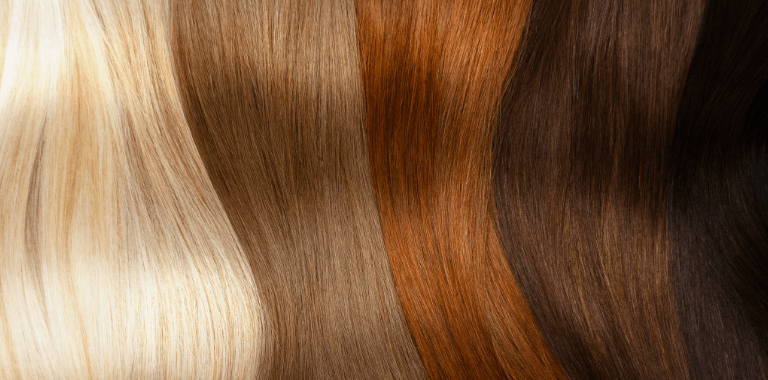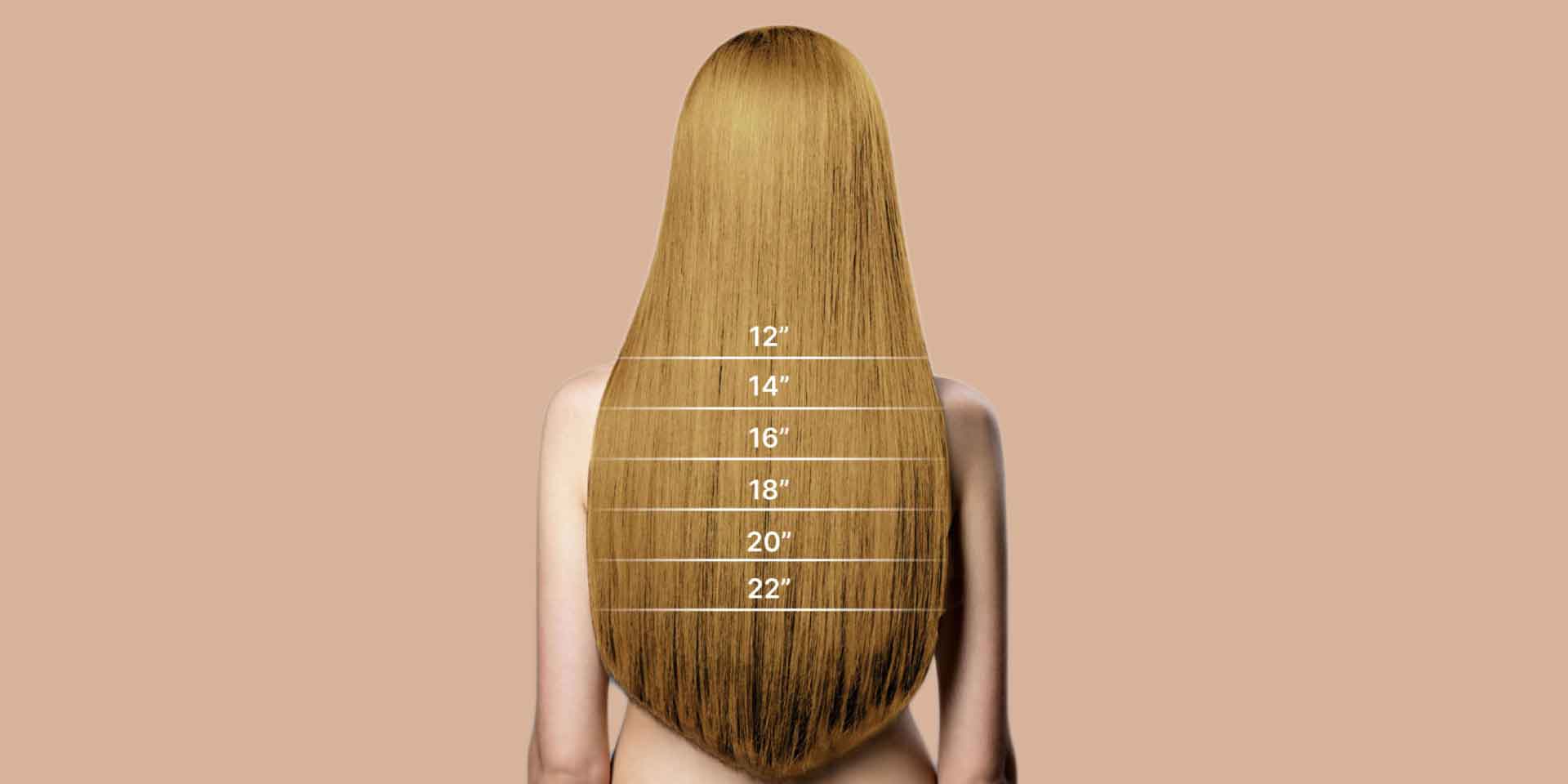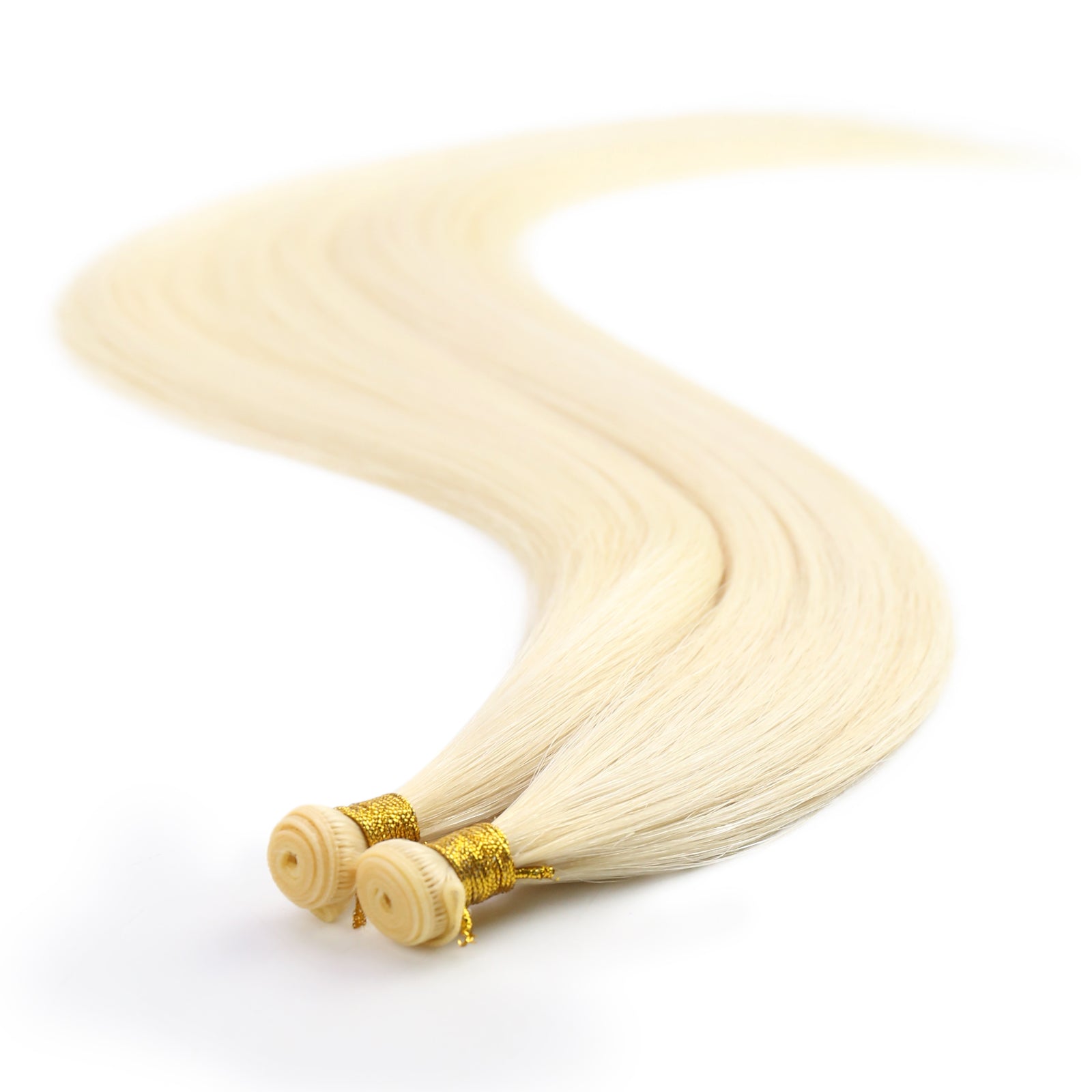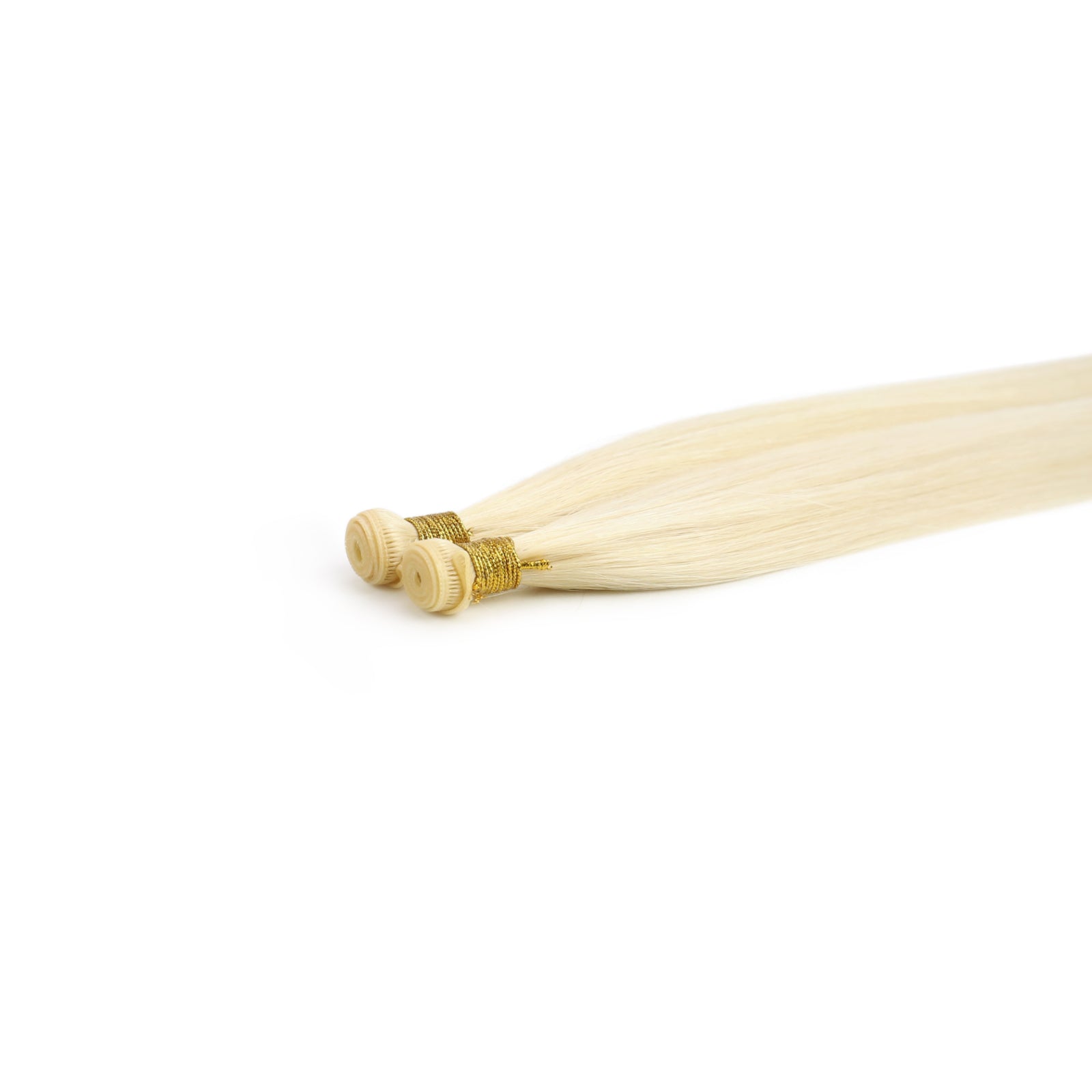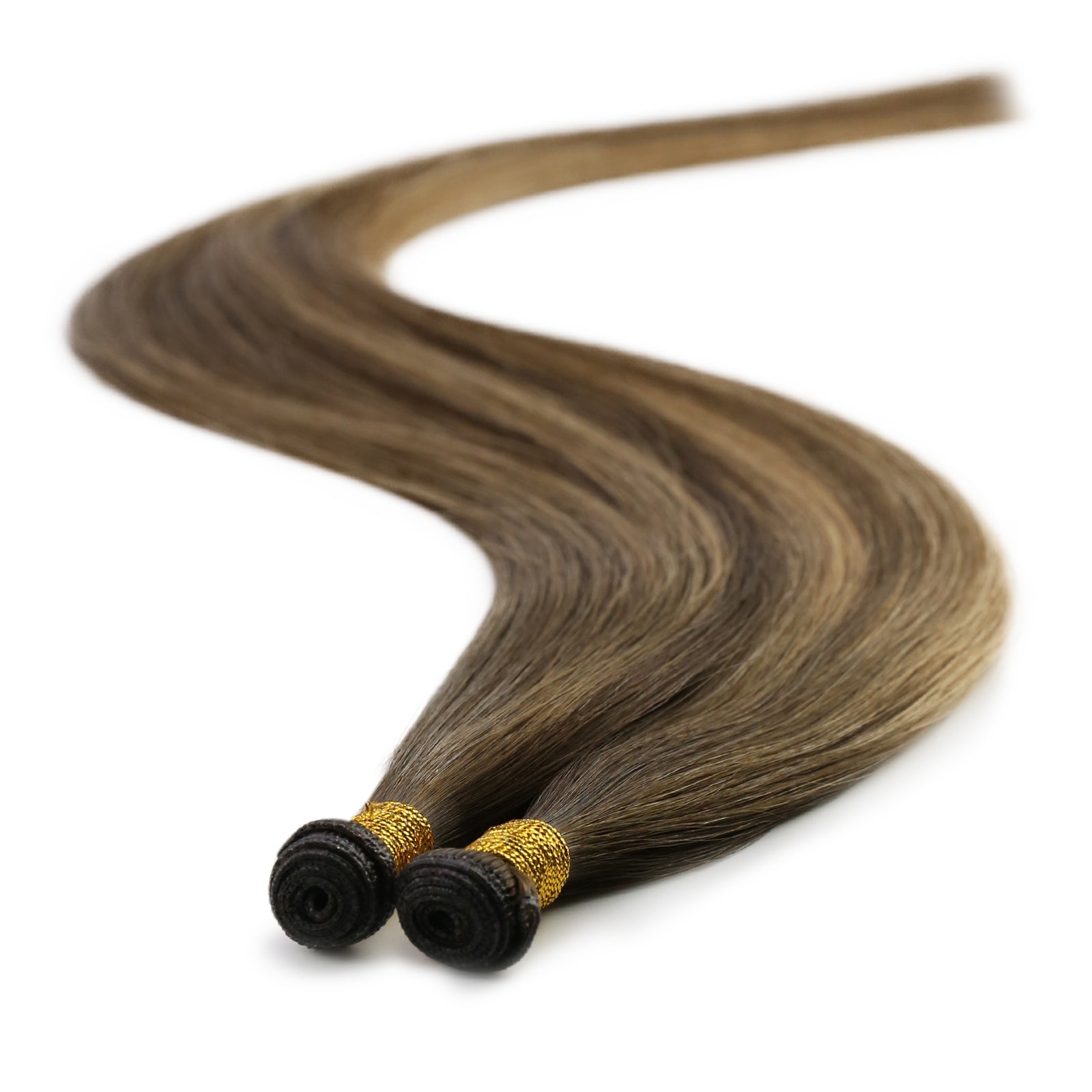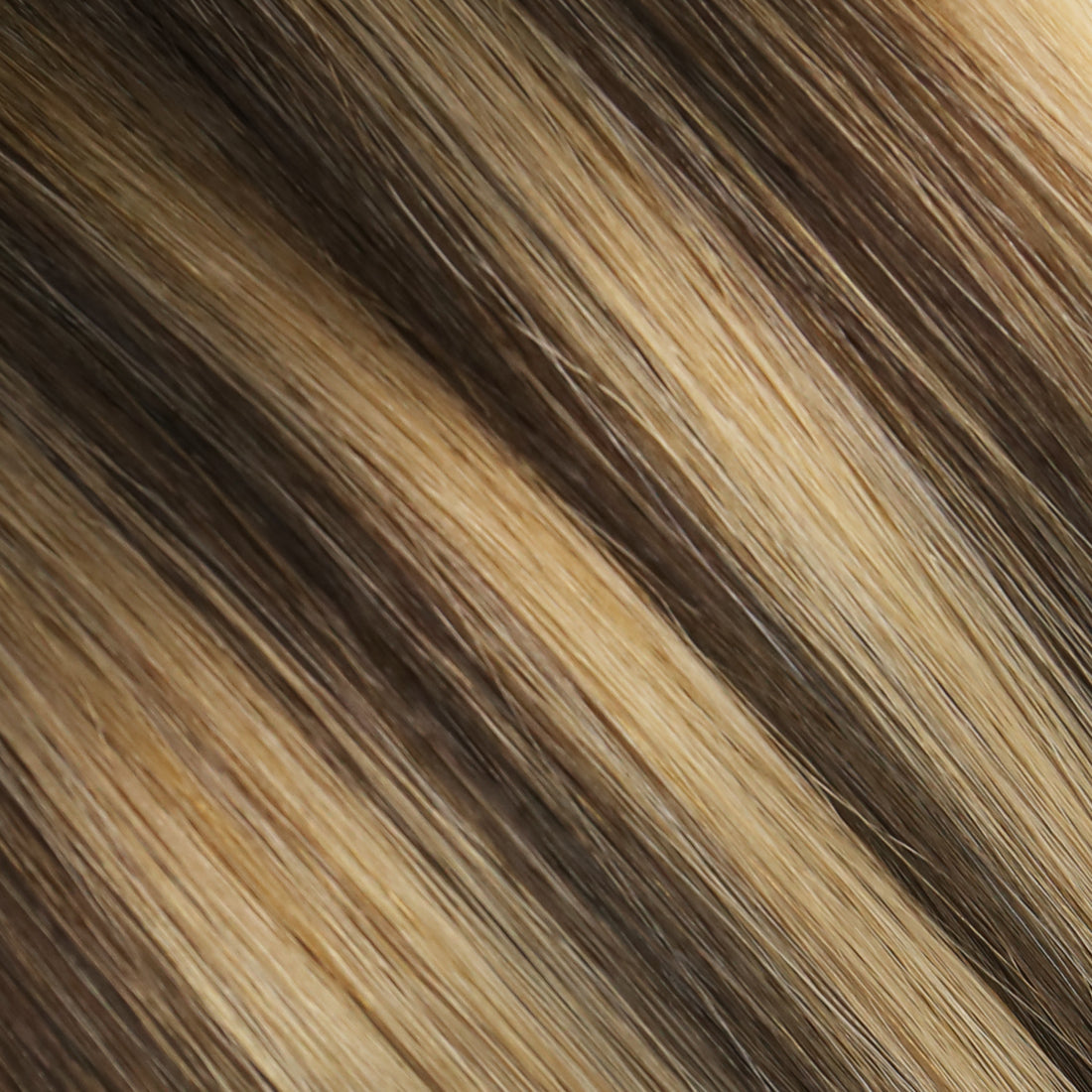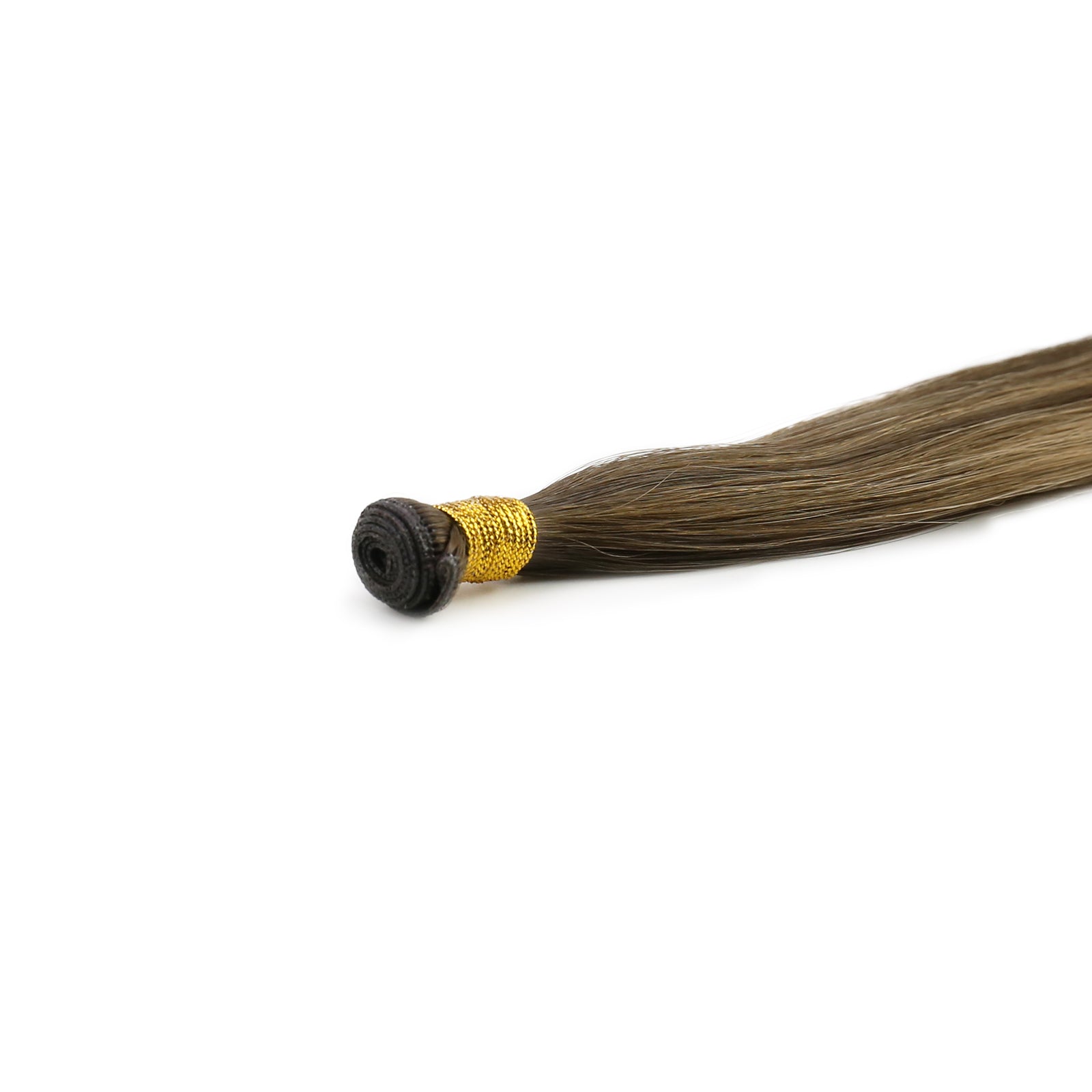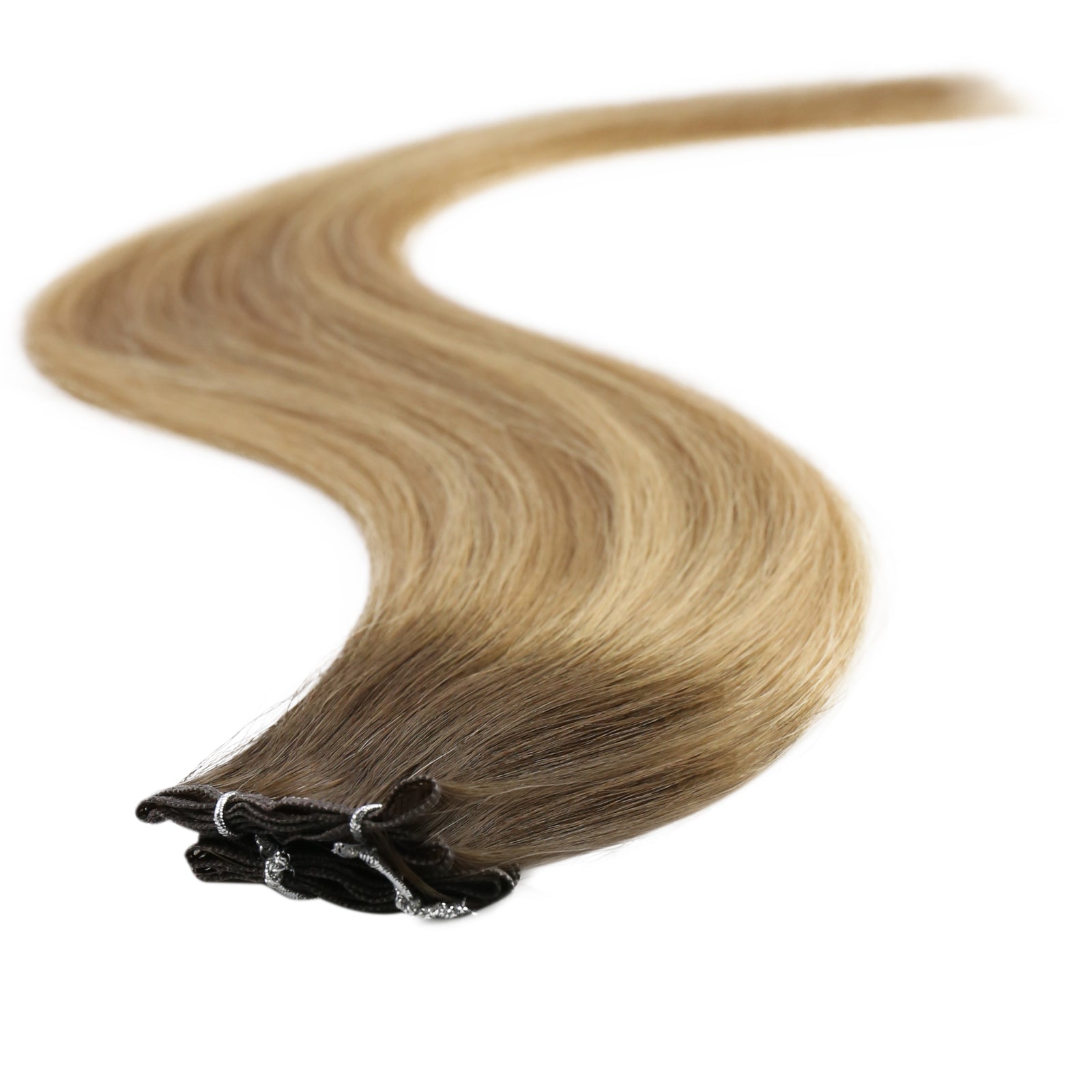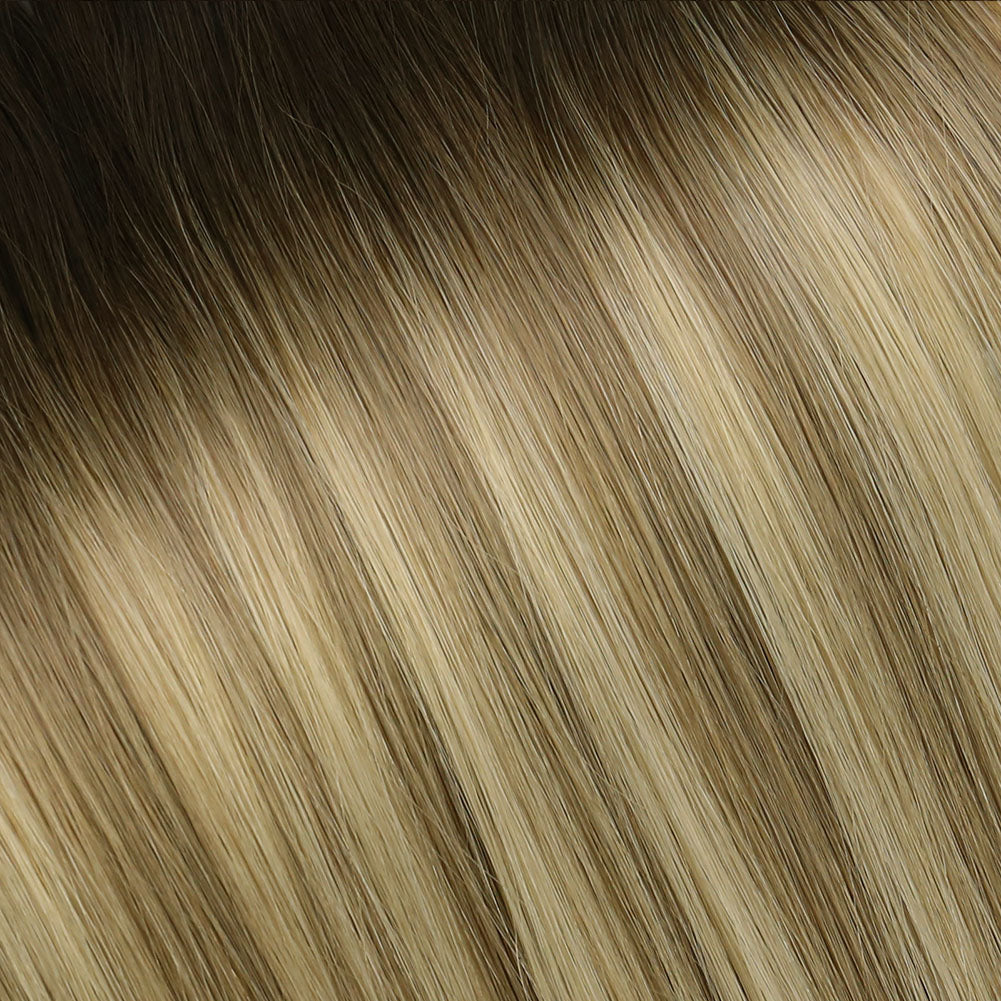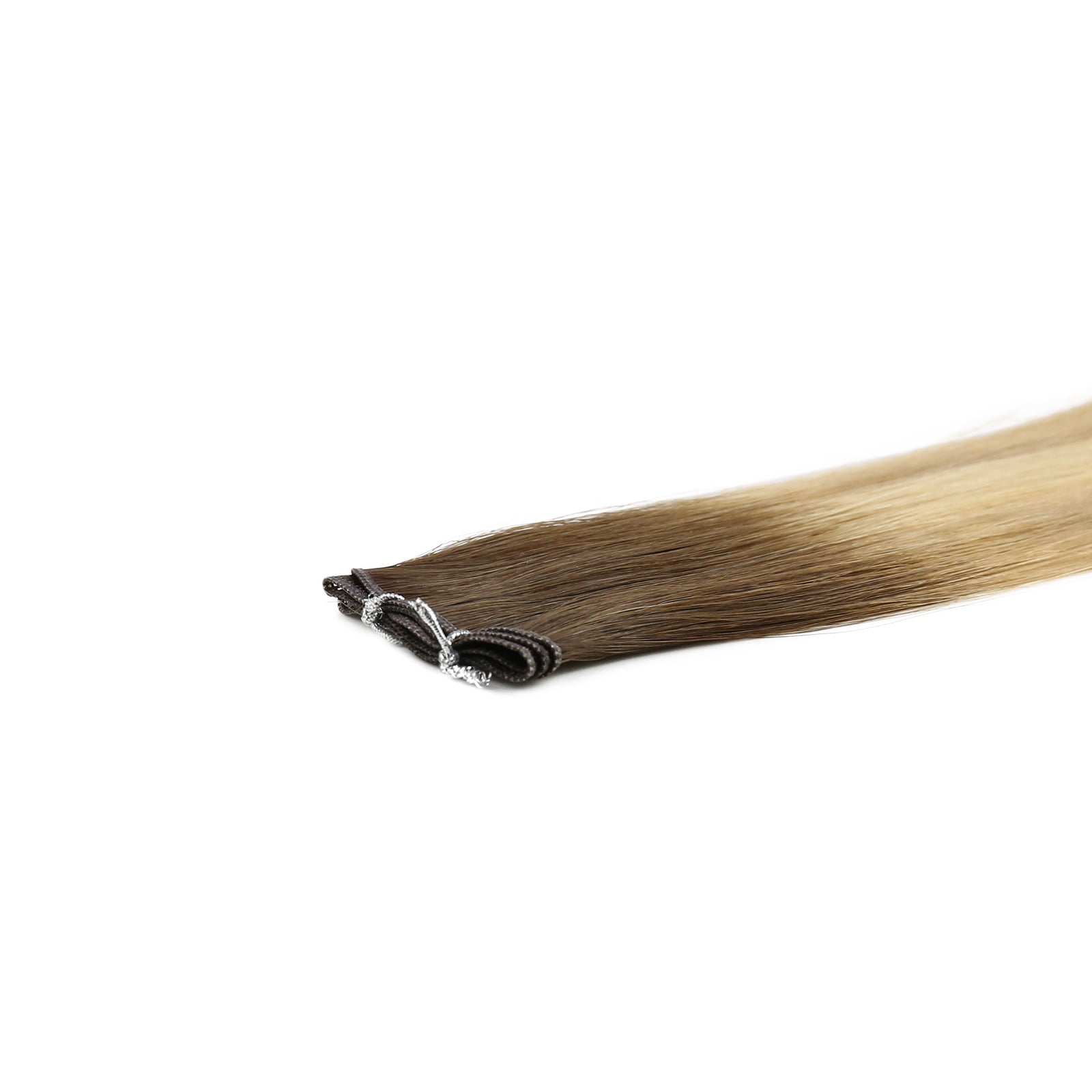Ever stood in front of a mirror, imagining yourself sporting a dazzling new hair color, only to find yourself utterly confused, pondering, "What color should I dye my hair?" You're not alone. Selecting the right hair color is an art form—a blend of science, personality, and, dare we say, a bit of boldness. This guide is your ally, ensuring you step into the salon armed with knowledge and step out with a color that doesn't just suit you but expresses the very essence of your individuality.

Understanding Your Skin Tone
Before anything else, it's crucial to discuss skin tone. The underlying tones of your skin significantly influence which hair colors will harmonize beautifully with your complexion, creating a look that's both natural and striking. Let's explore how to discern your skin's undertone and choose hair colors that will flawlessly enhance it.
Identifying Your Skin Tone
Identifying your skin's undertone is the first step to finding your ideal hair color. Follow these quick tips to figure out whether your undertones are warm, cool, or neutral:
- Check Your Veins: Look at the veins on your wrist in natural light. If they appear greenish, you likely have warm undertones. If they look more blue or purple, you have cool undertones. If it's hard to tell, you might have neutral undertones.
- Jewelry Test: Which metal looks better on you, gold or silver? Gold flatters warm undertones, while silver shines on cool undertones. If both look great, you might be neutral.
- Sun Reaction:How does your skin react to the sun? If you tan easily and rarely burn, you might have warm or neutral undertones. If you burn easily, you likely have cool undertones.
Best Hair Colors for Your Skin Tone
Once you've identified your undertone, you can move on to selecting the hair color that will make you look your best.
- Warm Skin Tones:
Golden blondes, rich honey browns, and copper reds can make warm skin tones glow. Think of colors that add warmth and depth.
- Cool Skin Tones:
Ashy blondes, cool browns, and jewel-toned reds like ruby or auburn provide a striking contrast to cool undertones. They bring out the best in your skin without making it look sallow.
- Neutral Skin Tones:
The versatility you have with neutral undertones is unparalleled. You can pull off almost any color, from the coolest platinum blondes to the warmest browns.
You might experiment with soft, sandy blondes, rich chocolates, or even adventurous colors like pastel pinks or blues. Celebrities with neutral undertones often switch between hair colors effortlessly, showing just how versatile this skin tone can be.
Whether you're looking to make a subtle change or a dramatic transformation, starting with your undertones is key to unlocking your hair's potential.

Considering Maintenance and Hair Health
Selecting the perfect hair color involves more than matching it with your skin tone; it's also about recognizing the level of upkeep it demands. Various shades need varying degrees of care, and every coloring method affects your hair's condition. Let's delve into how to harmonize the style you want with the maintenance your hair requires.
Natural vs. Vivid Colors
- Natural Shades:If you're looking for a low-maintenance hair color, natural shades are the way to go. These colors are closer to your original hair color and require less frequent touch-ups. The regrowth is less noticeable, which means you can go longer between salon visits. Browns, natural blondes, and soft reds fall into this category and are ideal for those with a busier lifestyle or a preference for a more subdued look.
- Vivid Colors: On the other end of the spectrum, vivid colors like electric blue, bright pink, or neon green make a bold statement but come with high maintenance. These colors often require bleaching your hair first, especially if you're starting with a darker shade. This process can be damaging, and vivid colors fade quickly, necessitating frequent touch-ups to keep the color vibrant. While stunning, these hues are best for those willing to invest time and resources into their hair care routine.
Hair Condition and Treatment
- Before Dyeing
- Conditioning Treatments: Start with a healthy base by using deep conditioning treatments in the weeks leading up to your dye job. This step helps strengthen your hair and mitigate potential damage from the dyeing process.
- Consult a Professional: Especially if you're making a dramatic change or using bleach, a professional stylist can ensure the process is done safely, minimizing damage.
- After Dyeing
- Sulfate-Free Shampoos: Sulfates can strip color from your hair, so switch to sulfate-free shampoos to extend the life of your color.
- Regular Trims: Getting your hair trimmed regularly is key to avoiding split ends and maintaining its health. Trimming your hair every 6 to 8 weeks can enhance its look, even if you're letting it grow longer.
- Leave-In Conditioners and Masks:Colored hair needs extra hydration. Use leave-in conditioners and hair masks regularly to keep your hair moisturized and reduce breakage.
- Avoid Excessive Heat:Heat styling can further damage colored hair. Limit the use of blow dryers, flat irons, and curling wands, and always use a heat protectant spray when you do.
By understanding the maintenance needs and health implications of your desired hair color, you can make an informed decision that keeps your locks looking lush and vibrant. Whether you opt for a natural hue or a vivid shade, proper care and maintenance are key to ensuring your hair remains healthy and beautiful.

Alternatives to permanent hair dyes
Opting for a new hair color can be thrilling, yet not everyone is looking for a lasting change. Luckily, numerous alternatives exist that encourage creative exploration without the permanence.
Semi-Permanent Dyes
Semi-permanent dyes deposit color onto the surface of your hair but don't penetrate the hair shaft. This means they gradually wash out over time, usually over the course of 4 to 12 shampoos, depending on the product and the condition of your hair.
This option is best for those looking to experiment with color without committing to a permanent change. Great for trying out new shades or covering up grays temporarily.
Temporary Hair Color Sprays
Temporary hair color sprays offer a convenient, wash-and-go solution for anyone looking to add a pop of color to their hair for short-term occasions like events or parties. These spray-on pigments coat your hair, allowing you to experiment with different colors easily and wash them out with just one shampoo. Ideal for trying out new shades without commitment, these sprays provide a quick and easy way to switch up your look temporarily.
Hair Extensions for Instant Color and Volume
Hair extensions are strands of real or synthetic hair that can be clipped, glued, woven, or taped into your existing hair to add length, volume, or splashes of color. They come in a wide range of colors, including natural hues and vibrant, eye-catching shades, allowing for both subtle enhancement and bold transformations.
This option is preferred by people who are seeking a temporary change without applying chemicals to their hair. Extensions are perfect for adding length for special occasions, experimenting with colors without dye, or adding volume to thinning hair.
There are multiple types of hair extension. The most temporary one is clip-ins, ideal for DIY at home and can be removed easily. If you want a more permanent option that can last for months, tape-ins, i-tips, k-tips and sew-ins are all good choices.

Summing up
Changing your hair color offers an exciting opportunity to showcase your individuality and fashion sense. Whether you aim for a slight tweak or a complete overhaul, the crucial factor is selecting a shade that resonates with you. The most flattering hair color is ultimately the one that boosts your self-esteem and makes you feel stunning. So, feel free to play around with different hues. Remember, hair is versatile—it can always be altered if you're not entirely satisfied with the outcome. Welcome the experience and relish in the transformation!

